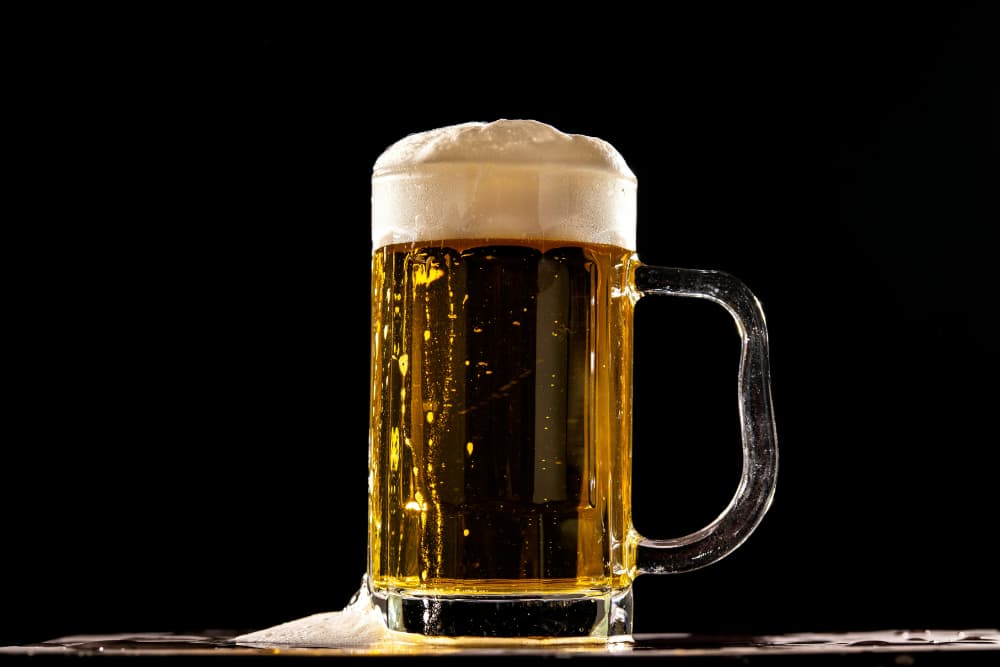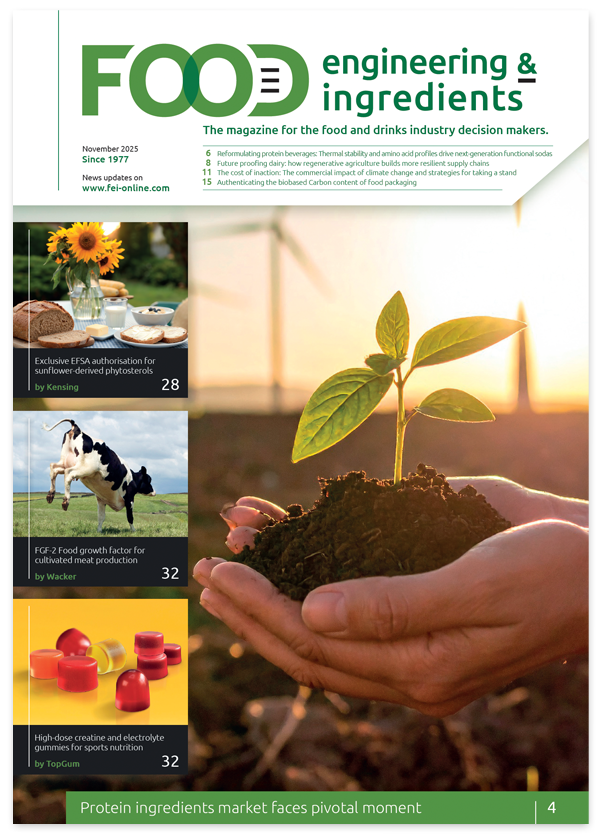Belgian beer foam stability: New research reveals complex protein mechanisms behind long-lasting heads
ETH Zurich researchers have uncovered the complex protein mechanisms that make Belgian triple-fermented beer foam significantly more stable than single-fermented lager foam. The seven-year study reveals how protein denaturation during multiple fermentation cycles creates surfactant-like fragments that maximise bubble stability through surface tension effects.
Swiss materials scientists have solved a long-standing puzzle in brewing science by identifying the precise mechanisms behind beer foam stability, revealing why Belgian triple-fermented beers maintain their characteristic heads far longer than conventional lagers. The comprehensive study, led by Professor Jan Vermant from ETH Zurich’s Soft Materials division, demonstrates that foam longevity depends on complex protein transformations during fermentation rather than simple protein concentration.
The research, published in Physics of Fluids, challenges previous assumptions about beer foam mechanics and provides crucial insights for brewing technology.
Fermentation cycles determine foam characteristics
The investigation examined foam stability across different beer types, establishing a clear hierarchy: triple-fermented Belgian beers, including Trappist varieties, exhibited the most stable foam, followed by double-fermented beers, whilst single-fermented lagers demonstrated the shortest-lived heads. This finding directly contradicts industry assumptions that protein quantity alone determines foam quality.
Previous research focused primarily on surface viscosity created by protein-rich layers surrounding bubbles. However, the ETH team’s analysis reveals that different beer types employ fundamentally different stabilisation mechanisms. In lager beers, surface viscosity remains the dominant factor, with higher protein concentrations creating more viscous bubble films and consequently more stable foam.
Marangoni stresses drive Belgian beer foam stability
Triple-fermented Belgian beers achieve superior foam stability through an entirely different mechanism: so-called Marangoni stresses – forces that arise from differences in surface tension. These forces can be observed when soap droplets cause tea leaves floating on water to migrate towards container edges, creating persistent surface currents that stabilise foam bubbles.
“These protein fragments function like surfactants, which stabilise foams in many everyday applications such as detergents,” notes Vermant.
Protein transformation reveals brewing chemistry secrets
The study’s most significant finding centres on lipid transfer protein 1 (LTP1) behaviour during fermentation cycles. In single-fermentation lagers, LTP1 proteins maintain their original spherical structure, arranging densely on bubble surfaces like a two-dimensional suspension of particles in liquid.
Second fermentation introduces controlled protein denaturation through yeast cell activity, slightly altering LTP1’s natural structure to form net-like membranes that enhance bubble stability. The third fermentation cycle advances this denaturation process further, fragmenting proteins into molecules with distinct hydrophobic and hydrophilic ends.
These fragmented proteins function as natural surfactants, simultaneously reducing interfacial and surface tensions whilst maximising foam stability.
Industrial applications extend beyond brewing
The research collaboration with a major international brewery aimed to understand fundamental foam stability mechanisms for product development purposes. “We now know the mechanism exactly and are able to help the brewery improve the foam of their beers,” said Vermant.
However, applications extend significantly beyond alcoholic beverages. Electric vehicle lubricants present foam-related safety challenges, prompting collaboration with Shell to develop targeted foam destruction techniques. The team is simultaneously developing fluorine-free and silicon-free sustainable surfactants using principles derived from their beer foam research.
Biotechnology and food science implications
An ongoing European Union project applies foam research to bacterial carrier systems, whilst collaboration with ETH food researcher Peter Fischer focuses on milk foam protein stabilisation. These applications demonstrate the broader relevance of foam stability mechanisms across food manufacturing and biotechnology sectors.
The research methodology challenges conventional approaches to foam formulation across industries. Rather than manipulating multiple variables simultaneously, the study advocates targeting individual mechanisms sequentially. This approach prevents counterproductive interactions, such as excessive viscosity increases that impair beneficial Marangoni effects.
The findings suggest that traditional fermentation practices, developed through centuries of empirical observation, achieve optimal foam characteristics through sophisticated protein chemistry that modern food science is only beginning to understand fully.
For food manufacturers seeking to control foam properties in various applications, the research provides a framework for systematic mechanism analysis rather than trial-and-error formulation approaches. The protein transformation principles identified could inform development of novel foam stabilisers across dairy, confectionery, and beverage sectors.
Reference
Vermant, J., et al. (2025). The Hidden Subtlety of Beer Foam Stability: A Blueprint for Advanced Foam Formulations. Physics of Fluids. https://doi.org/10.1063/5.0274943




